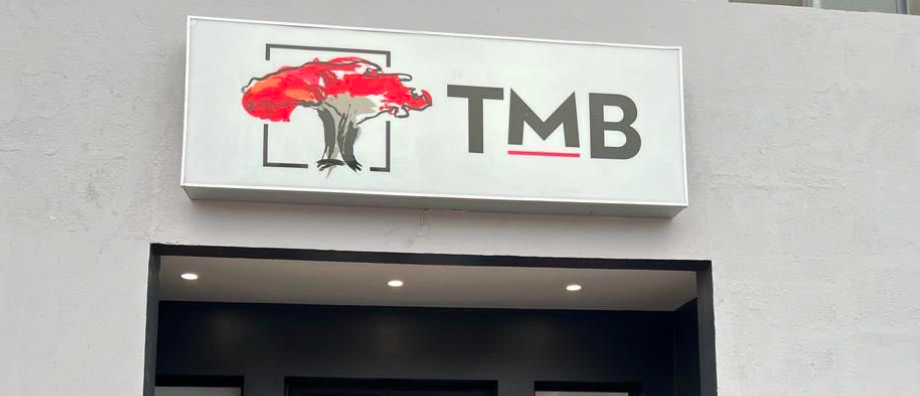The foundational work to do in designing a customer experience management program is to understand the CX maturity level of your company. To do so, you can test your CX maturity through an assessment.
A CX maturity assessment shows the degree to which a company is positioned to deliver excellent customer experience. There are 10 stages to assessing your CX maturity level. By assessing your CX maturity level according to the ten stages, you can determine the extent to which your organization is positioned to satisfy customers.
The stages progress from the level of CX knowledge to the implementation of CX action plans within your organization. The CX maturity levels break down into the following.
10 stages of customer experience maturity
1. Stage 1: Our leadership team clearly communicates the importance of excellent customer experience.
2. Stage 2: My firm’s brand is strong-footed in its promises and value proposition to customers.
3. Stage 3: We have implemented research and involved internal and external stakeholders to improve our customer experience delivery.
4. Stage 4: We acknowledge that we are yet to be customer-centric, and we are currently learning best practices to incorporate.
5. Stage 5: We have an existing action plan for customer experience management.
6. Stage 6: We use homegrown or licensed CX-focused hardware and software tools in our daily operations.
7. Stage 7: We collect customer feedback and aggregate data on our customers.
8. Stage 8: We leverage customer data to personalize our customers’ digital and physical experiences.
9. Stage 9: Customer-focused culture is embedded in all our units and departments, not limited to the front-line staff.
10. Stage 10: Employees are treated right, and this makes them serve customers with excellence.
How to use the CX maturity assessment tool?
To help you measure your company’s’ progress on its customer experience journey, you can use the CX maturity assessment tool to determine the stage where your company is currently at and design an action plan to become or remain a CX driven company.
1. Run a survey
Run an internal survey and ask employees the following two questions:
- At what stage of CX maturity do you believe we are as an organization?
- Why did you choose this stage?
2. Analyze the responses
Recruit a CX professional to help you uncover the hidden insights in the survey responses. Identify the strengths, weaknesses, opportunities and threats of your CX strategy.
Understanding the different stages
Stages 1 and 2 signify awareness
Stages 3 and 4 signify consideration
Stages 5 and 6 signify investment
Stages 7 and 8 signify implementation
Stages 9 and 10 signify integration
3. Act and track performance
Build a strategic plan to improve your company’s efforts towards becoming a more customer-centric. Your plan should include all the company’s departments. Depending on your company size and business metrics, run the survey every quarter or six to twelve months to track your performance.
The 10 stages cut across factors that influence and reflect the CX maturity of a firm ranging from how customer-centric the leadership team is to their adoption of CX technology. For firms that score low on the CX maturity assessment, the following are ways to climb up the CX maturity ladder, and become more customer-centric.
How to become more customer-centric?
Know your customer
A strong knowledge of customers will inform the strategies a firm establishes to keep them happy. Beyond asking oneself what it would take to satisfy customers in an airport, a hospital or a retail store, it is most effective to ask customers for details related to their demography, needs and interests to be able to satisfy them better, and personalize experiences to them.
Collect customer feedback and track performance
In a firm with a strong knowledge of customers, it is essential to collect feedback on the perception of customers about your offerings. This can be done at different touchpoints, such as web, mobile, or in-store. By so doing, you can address the challenges your customers face and fix them early on. This is likely to increase the willingness of customers to recommend your products and services, which you can discover directly by measuring your Net Promoter Score through customer feedback aggregation.
Imbibe customer centricity in organizational culture
Be clear about how your organization prioritizes the customer. Ensure that the ideal of customer centricity is not limited to front-line staff, for example, tellers in a bank, but across all employees such as engineers and analysts. When all employees work with the customer in mind, the margin for friction in customer experience is greatly reduced. However, when customer-centricity is only imbibed at the front-line level, an accumulation of solutions and products which do not meet the needs of the customers are brought down to the frontline, increasing the chances of dissatisfaction at the final point-of-sale. A well-instituted culture of customer centricity makes room for consistency in customer experience, a key way to reinforce an organization’s value proposition in the mind of a customer.
Leverage customer experience management experts and resources
Customer experience management is increasingly smoothened by modern technologies which automate processes of feedback aggregation, complaint resolution, and CX data analysis. Firms without a sure footing on customer experience management can leverage the growing presence of customer experience experts – individuals and organizations – who render professional services, offer consultancy and guide in the creation and execution of CX strategies.




